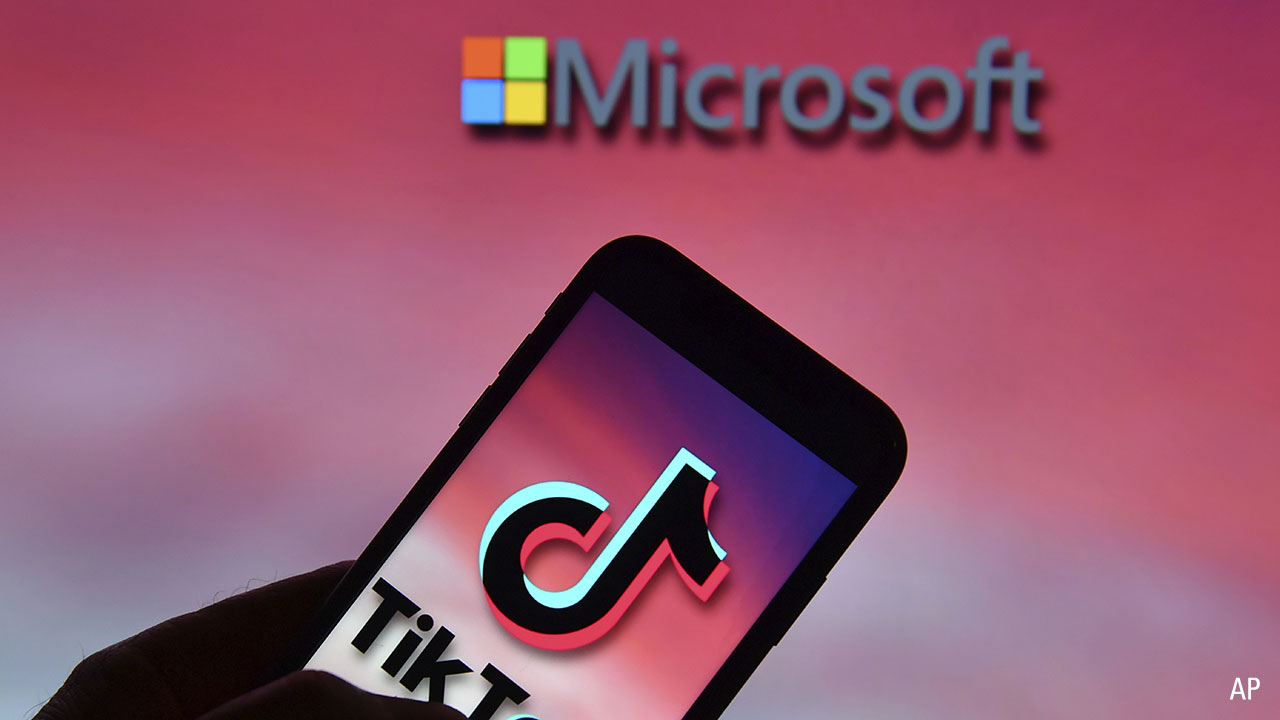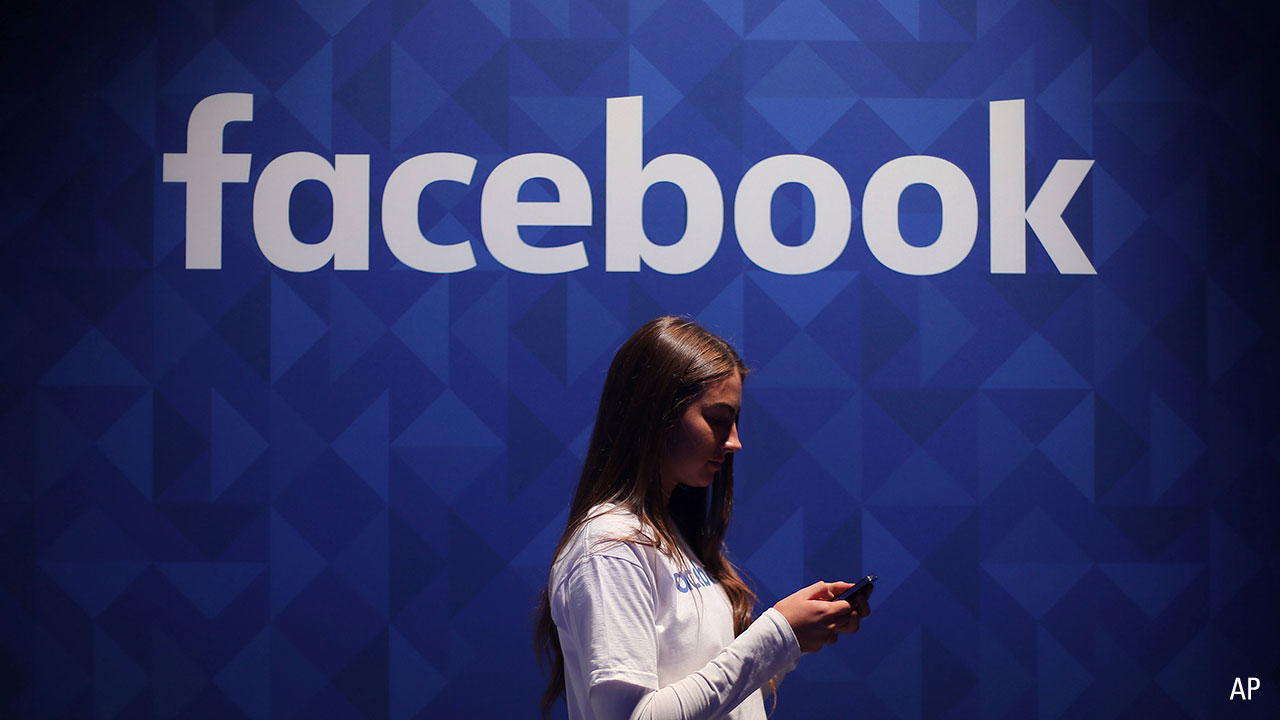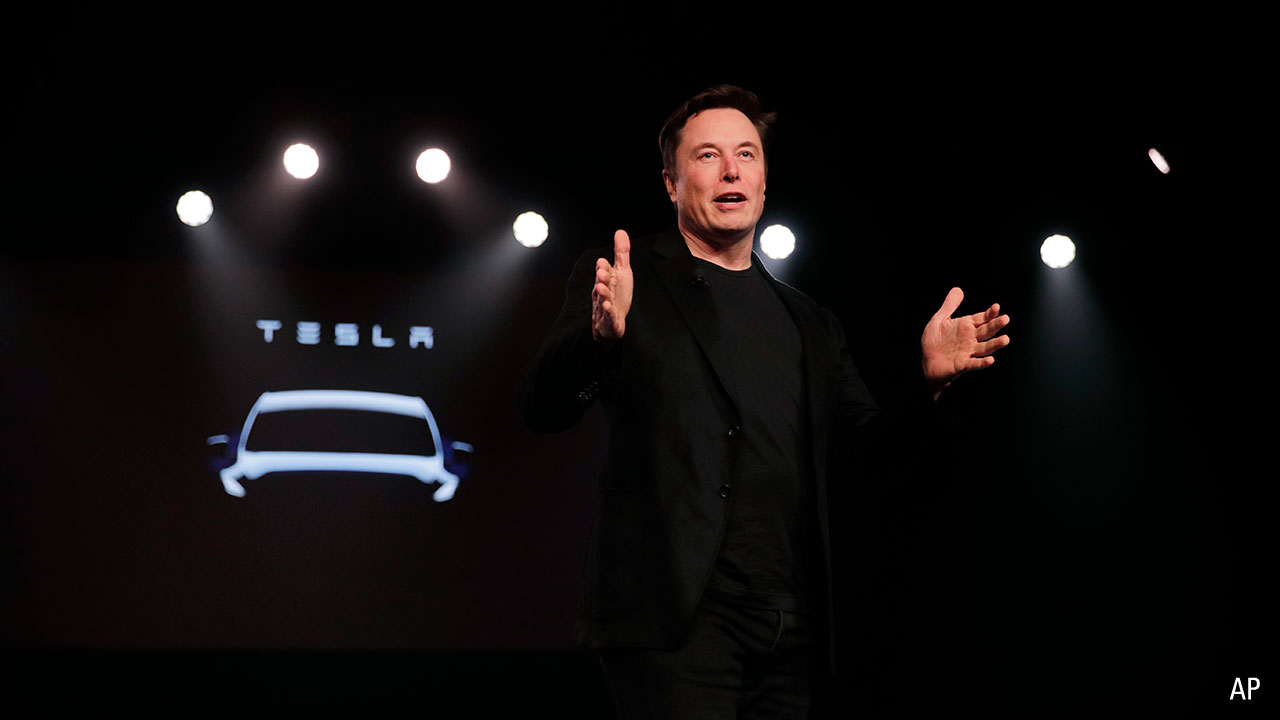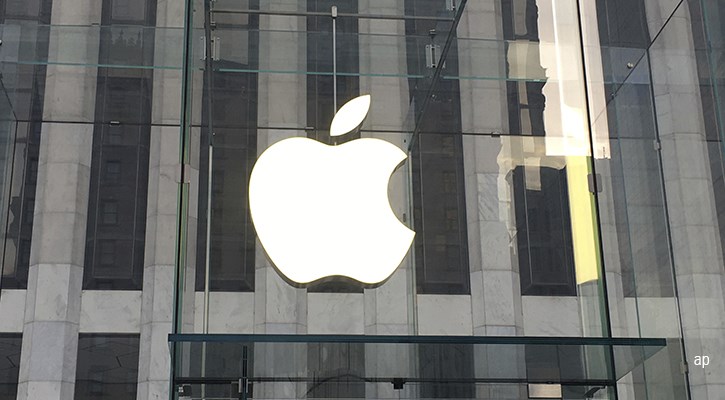US earnings season roundup Q3: Analyst notes
With nearly half of the S&P 500 reporting, about 82% have beat earnings expectations.
At a time when markets are grappling with resurgent inflation, soaring energy prices, and a global semiconductor shortage that’s shutting factories from Taiwan to Tennessee, third quarter US earnings have come as a relief.
With nearly half of the S&P 500 reporting, about 82% have beat earnings expectations. These results have helped ease worries that supply-chain difficulties would dent profits. The index is up 5.5% this month.
Morningstar raised fair values for tech giants Microsoft (6%), Alphabet (6%), Netflix (6%). Microsoft’s enterprise cloud business grew 50% as it shapes up as the major competitor to Amazon Web Services. Alphabet grew revenue by 41% even as it added 50 million subscribers to YouTube Premium. Netflix added another 4.4 million subscribers, taking it north of 210 million worldwide.
Elsewhere, Tesla’s fair value was bumped up 8% after operating profit at the electric car maker jumped 150%. The stock is still trading at a significant premium to fair value after the share price jumped 12% on news Hertz was buying 100,000 Teslas for its rental fleet.
Facebook was a slight disappointment, with Morningstar revising the fair value down 1% after the social network missed earnings. Changes to how Apple IOS tracks users have hurt the company’s ability to advertise.

Alphabet’s Q3 Beats Expectations
Alphabet (GOOG) third-quarter results beat the FactSet consensus estimates on the top and bottom line, benefiting from strong advertising demand in various verticals, less impact of Apple’s changes to its iOS, and continuing strong growth in cloud. With further YouTube and other Google apps monetisation opportunities and the firm’s increasing traction in the cloud market, we have slightly increased our projections, resulting in a 6% increase in our Alphabet fair value estimate to $3,400. Wide-moat Alphabet continues to trade at a discount to our fair value estimate.
Total revenue increased 41% year over year to $65.1 billion, driven by higher ad spending and further strength in cloud. Growth in search (44%) and YouTube (43%) drove advertising revenue up 43% from last year to $53.1 billion. Advertising revenue was also 57% above pre-pandemic levels during the same quarter in 2019. Google continued to benefit from higher ad spending from firms in the retail and travel sectors, along with media, entertainment, and finance.
As expected, YouTube benefited from more brand advertising spending, which coincidentally also slightly shielded the platform from impact of Apple’s data privacy changes. We still believe that with a large user base, YouTube will attract more direct response ad purchases, increasing the platform’s user monetization, but at a slower rate due to Apple. We also expect the increase in new business formations, the firm’s efforts in further monetising Google Maps, along with more viewers that YouTube Shorts may attract, to drive continuing growth in Google advertising revenue.
-- Ali Mogharabi, senior equity analyst, Morningstar

Microsoft Continues to Impress
Wide-moat Microsoft (MSFT) continues to benefit from digital transformation efforts at enterprise customers, which once again helped the company drive material upside compared with its revenue and EPS outlook for the quarter. Second-quarter guidance was solidly above FactSet consensus as well. Azure and commercial related demand was robust by any measure, and gaming and Windows were strong even as supply constraints for PCs and Surface tablets remain challenging. We see a slowdown in remaining performance obligation, or RPO, growth and commercial bookings, two forward-looking metrics, as driven by large Azure deals in the prior year period and not a reflection of deteriorating demand.
Microsoft remains impressive in its ability to drive both growth and margins at scale and think there is more to come on both fronts. We see results as reinforcing our thesis centering on the proliferation of hybrid cloud environments and Azure as the firm continues to use its on-premises dominance to allow customers to move to the cloud easily and at their own pace--a trend we believe will continue over the next five years. Quarterly strength and good guidance drive our fair value estimate to $345 from $325 per share and we continue to see upside to this high-quality name.
For the second quarter, revenue growth accelerated by 22% year over year to $45.32 billion, compared with our model at $44.17 billion and FactSet consensus at $43.86 billion. Relative to our expectations and the high end of guidance, all segments were ahead with more personal computing driving the most upside. Key pillars of our growth narrative from the quarter included year-over-year growth in Azure of 50%, Dynamics 365 of 48%, PowerBI apps of 202%, Office commercial of 18%, and LinkedIn of 42%. Channel constraints drove Surface revenues down 17% compared with the year-ago period. Xbox demand remains strong although supply chain issues continue to crimp demand, which we expect to continue over the next four quarters.
-- Dan Romanoff, CPA, equity research analyst, Morningstar.

Facebook Missed on Q3 Revenue
Wide-moat Facebook (FB) reported mixed third-quarter results and provided fourth-quarter revenue guidance below the FactSet consensus estimates. As expected, the firm faced issues related to Apple’s changes to iOS. On the positive side, the firm’s user base displayed continued growth and improving user engagement, supporting its network effect moat source. With a very large user base from which to generate first-party data, we expect Facebook to develop solutions to address Apple’s changes and questions surrounding the effectiveness of direct response ads. We also think Facebook’s user base creates long-run monetization opportunities on the augmented and virtual reality fronts which will not only diversify the firm’s revenue but may also slightly lessen headline grabbing regulatory and social pressures.
After adjusting our model slightly, we reduced our Facebook fair value estimate by less than 1% to $404. We continue to view this 4-star name as the most attractive social media stock under our coverage. The firm also increased its share buyback authorisation, which we think could provide support for the stock at current levels.
Facebook’s total third-quarter revenue of $29 billion was up 35% from last year driven by year-over-year increases in users (6%) and monetization (27%). Despite Apple’s iOS changes, advertising revenue increased 33% to $28.3 billion. Other revenue grew 195% to $734 million mainly due to sales of Quest 2. While negative headlines have pressured Facebook’s stock price, user engagement increased sequentially and was down only 16 basis points from last year when more stringent lockdowns were still in place. Ad inventory increased 9% year over year, accommodated by 22% higher ad prices, which displays strong demand.
-- Ali Mogharabi, senior equity analyst, Morningstar

Raising Our Tesla FVE on Improved Near-Term Outlook
Tesla (TSLA) delivered impressive third-quarter results as operating profits soared nearly 150% versus the prior-year quarter. The growth was driven by a 73% increase in vehicles delivered and lower costs, with gross and operating margins reaching record highs. We have increased our near-term outlook to incorporate improved automotive gross margins and lower overhead expenses over the next few years. Our long-term outlook, which had assumed increased profit margins, is intact. Having updated our model to reflect these changes, we're raising our fair value estimate to $650 per share from $600. Our narrow moat rating is unchanged.
We currently view Tesla shares as overvalued on a risk-adjusted basis, trading over 30% above our fair value estimate and in 2-star territory. One of the biggest drivers of our valuation is the number of vehicles delivered in 2030, the last year of our 10-year explicit forecast. We forecast 5.4 million vehicles to be delivered, which represents a 27% annual average growth rate from the roughly 500,000 vehicles delivered in 2020. However, this is well below management's goal of a sustained 50% annual growth rate.
Tesla generated automotive gross margins of 28.8% excluding regulatory credit sales, up 510 basis points versus the prior-year quarter. The expansion was driven by lower costs, as average vehicle sale prices fell 6% year on year during the quarter due to a mix shift toward lower-priced vehicles. As Tesla begins to implement its lower-cost 4680 battery cells, we expect gross margins will see another step change to the mid-30s over the next several years.
Tesla Increases Vehicle Sales From Fleet Opportunity
On Oct. 25, rental car company Hertz (HTZZ) announced plans to purchase 100,000 Tesla Model 3 vehicles by the end of 2022. We think the move will set up Tesla (TSLA) for further fleet deals, and we have increased our sales volume outlook. While rental car companies typically get a discount for purchasing vehicles, we expect Tesla offered no discount to Hertz, given the company's growing vehicle backlog. Having updated our model to reflect this higher volume, we've raised our Tesla fair value estimate to $680 per share from $650. Our narrow moat rating is unchanged.
-- Seth Goldstein, CFA, senior equity analyst, Morningstar

Apple Not Immune to Supply Constraints Despite Solid Q4
Narrow-moat Apple (AAPL) reported fiscal fourth-quarter results that came in below FactSet consensus estimates for revenue, as the firm faced supply chain constraints that weighed on sales by about $6 billion. However, we expect Apple to recover in the long term and still foresee solid demand for the company’s products and services as these supply issues subside. We are maintaining our $124 fair value estimate and suggest investors wait for a wider margin of safety, as we anticipate the Mac and iPad segments will begin decelerating in the coming quarters, following a stretch of robust growth due to COVID-19-related working- and learning-from-home.
Fourth-quarter revenue was up 29% year over year thanks to growth in iPhone (47%), iPad (21%), Mac (2%), services (26%), and wearables, home, and accessories (12%). Apple’s iPhone revenue grew 47% year over year to $38.9 billion, though we note this was off a lower base due to the delayed launch of the iPhone 12 in 2020. Greater China sales were up 83% year over year, which we attribute primarily to the 5G iPhone. Gross margins of 42.2% were down 110 basis points sequentially due to a less favorable product mix and higher costs. On the services front, we’re impressed that Apple now enjoys over 745 million paid subscribers (up from 700 million last quarter).
Management expects Apple to set a new revenue record for the December quarter, with growth in all segments but the iPad, though supply constraints are expected to reduce sales by more than $6 billion. Given Apple’s clout in the consumer electronics industry, we suspect its ability to deal with supply disruptions is better than smaller peers, though the revenue shortfall underscores the severeness of the global chip shortage.
-- Abhinav Davuluri, sector strategist, Morningstar.

